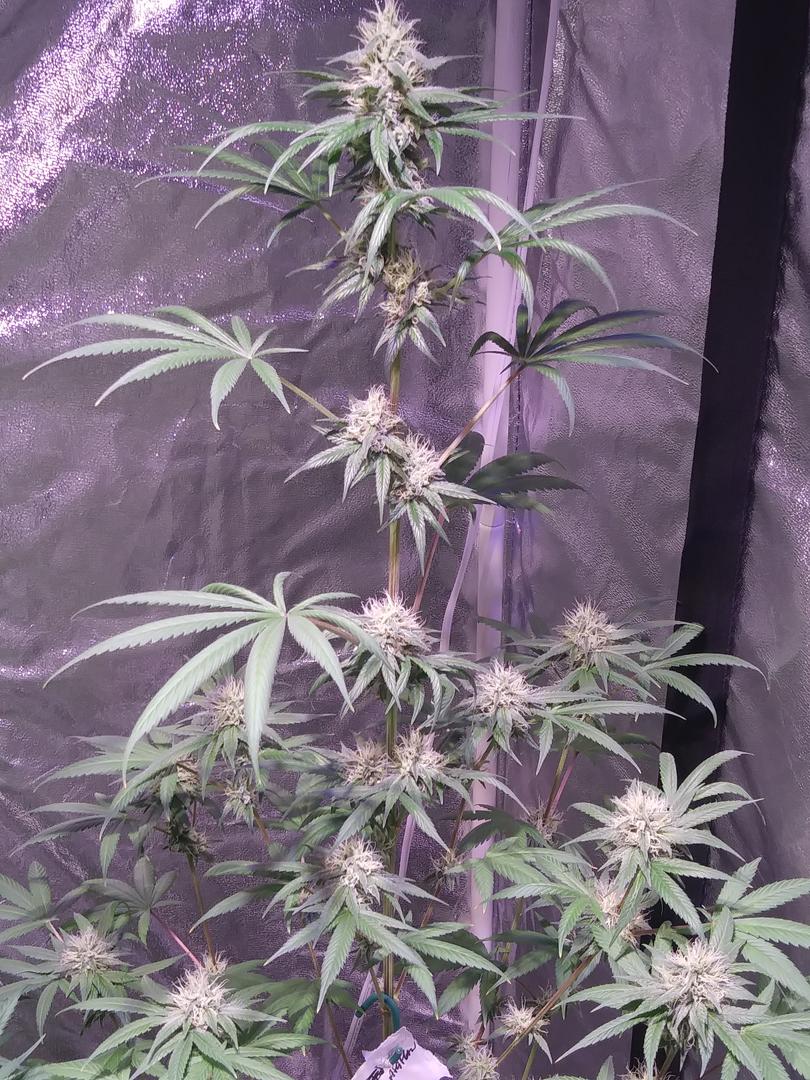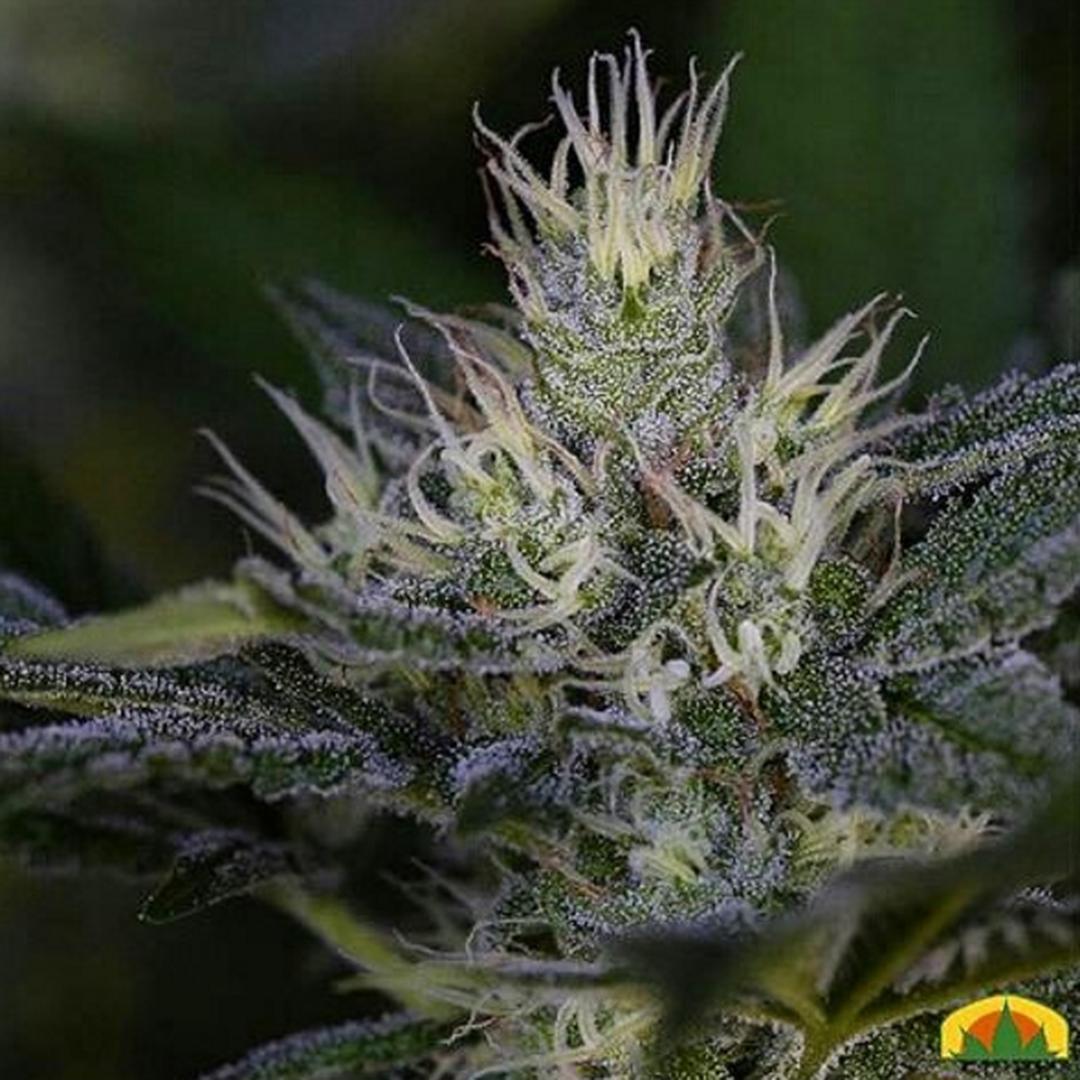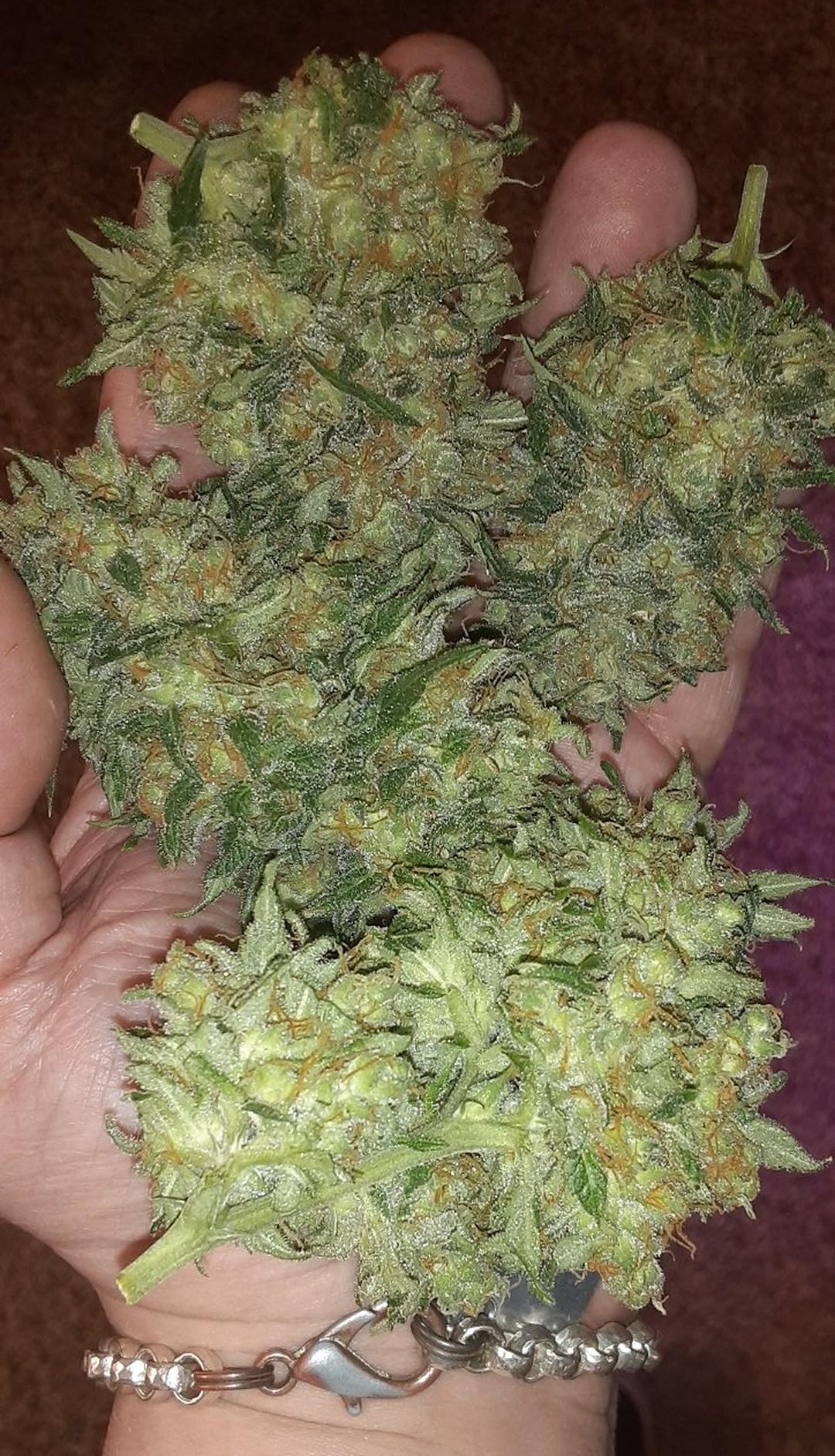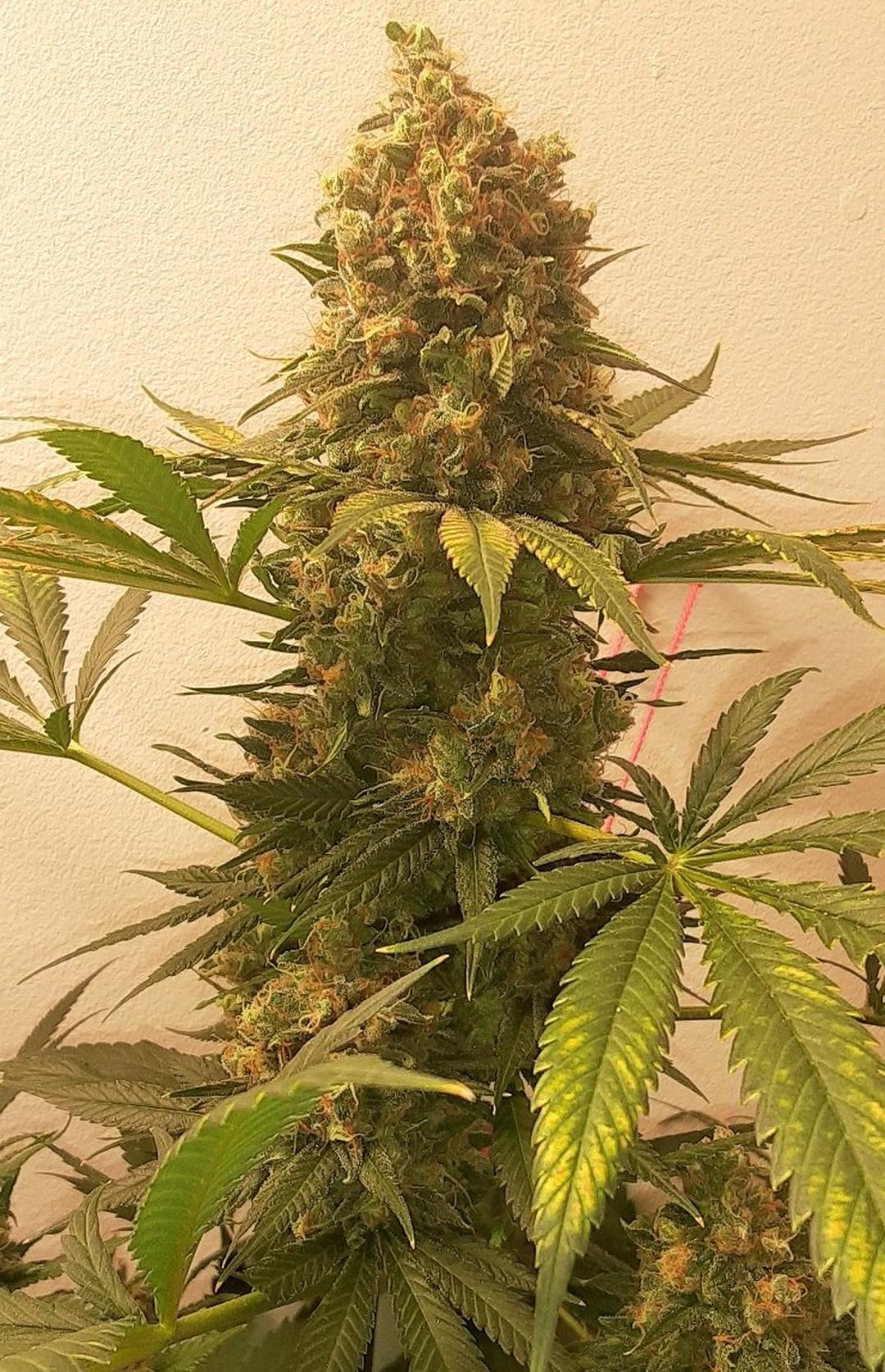Trinity

Trinity is an enigmatic and rather rare cannabis strain, especially recognized by connoisseurs for its unique genetics and distinctive aroma. Originally from the Northern California region, it is believed to be a cross between several sativa strains. Trinity is known for its dynamic effect and a flavor experience that sets it apart from many other strains. While its exact genetic background remains a mystery, this has only made it all the more popular in the cannabis community.
Effect
The effects of the Trinity strain are typically very uplifting and energizing, making it an excellent choice for daytime use. Users frequently report feelings of euphoria and increased creativity, making it ideal for social activities or creative endeavors. Despite its strong sativa effect, the strain also maintains a pleasant level of relaxation without becoming overwhelming or leading to lethargy.
Taste/smell
Trinity is also known for its distinct flavor and aroma profile. Users enjoy an invigorating blend of earthy, spicy, and sometimes even sweet notes, which together create a very pleasant and unique smoking experience. A fresh, almost pine-like note can often be detected upon inhalation, which is replaced by a softer, sweeter aroma upon exhalation.
THC content
Trinity's THC content can vary quite a bit, but on average, it hovers around 16-20%. Some phenotypes can reach even higher levels. This makes it a rather potent strain that should be approached with caution, especially by cannabis novices. However, experienced users appreciate it for its robust yet well-balanced effect.
Cultivation
Growing Trinity can be somewhat challenging, mainly due to its rarity and the associated difficulty of obtaining high-quality seeds or cuttings. However, once you have the necessary starting material, Trinity proves to be a fairly hardy plant that can thrive in both indoor and outdoor setups. It prefers a mild, not too humid climate and requires special attention to its nutrients during the initial stages. Flowering typically takes between 8-10 weeks, after which the harvest begins, rewarding with compact, resinous flowers.





